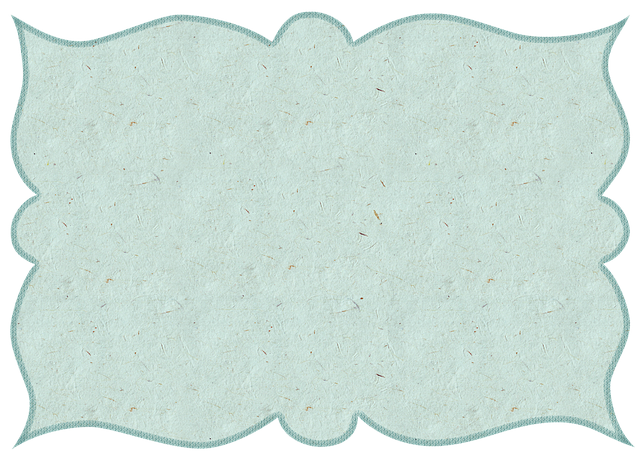Skin tags, caused by genetics and friction, can be removed at home in Sheffield using acid solutions or duct tape. Prioritize safety and seek professional help from a dermatologist for complex cases or persistent tags, as DIY methods carry risks and experts offer specialized, effective treatments with quick recovery times.
Looking for a solution to get rid of those pesky skin tags at home? This comprehensive guide explores everything you need to know about skin tag removal in Sheffield. We’ll delve into the causes, types, and various safe methods to eliminate them. Learn which remedies work and why some require professional assistance. By understanding your options, you can make an informed decision for effective and risk-free skin tag removal tailored to your needs.
- Understanding Skin Tags: Causes and Types
- At-Home Removal Methods and Remedies
- Safety Precautions and When to Seek Professional Help
Understanding Skin Tags: Causes and Types

Skin tags, also known as acrochordons, are small, soft skin growths that typically appear as hanging or sprouting from the neck, armpits, groin, or any other area where skin rubs against itself. They are usually harmless and often go unnoticed, but some people choose to remove them for aesthetic reasons or due to discomfort. Understanding their causes and types is essential when considering Sheffield tag removal options.
There are several factors that contribute to the development of skin tags, including genetics, weight gain, hormonal changes, and friction from clothing or skin-on-skin contact. They can be categorized into different types, such as peduncular tags (with a stem-like structure) and non-peduncular tags (without a distinct stem). Knowing these variations can help individuals determine the best course of action for safe and effective removal at home or by consulting a professional specialist in Sheffield.
At-Home Removal Methods and Remedies

There are several at-home methods and remedies for removing skin tags, including those in Sheffield. One popular approach involves using over-the-counter acid solutions, such as salicylic or lactic acid, which can help to shrink or dissolve skin tags gently. These products are easily accessible and relatively affordable, making them a convenient option for minor skin tag removal.
Another home remedy gaining traction is the use of duct tape. This unconventional method involves applying small pieces of duct tape over the skin tag for several days, then removing it to reveal a reduced or eliminated tag. While this process may sound peculiar, it has shown promising results for many individuals looking for a painless and cost-effective Sheffield tag removal solution.
Safety Precautions and When to Seek Professional Help

When attempting skin tag removal at home, safety should always be your top priority. While many over-the-counter options are available, these can sometimes cause further irritation or even infection if not used correctly. It’s crucial to follow instructions diligently and consult a healthcare professional if you have any concerns. Additionally, certain medical conditions or underlying health issues might make at-home removal unsafe; if you experience excessive bleeding, severe pain, or signs of infection (redness, swelling, warmth) after attempting any method, stop immediately and reach out to a dermatologist for guidance.
For complex cases or persistent skin tags, it’s advisable to seek professional help. A qualified dermatologist in Sheffield Tag Removal services can offer specialized treatments tailored to your needs. They have the expertise to safely remove even the most stubborn tags, ensuring minimal discomfort and quick recovery times. Remember, while DIY methods might be tempting for minor cases, a healthcare professional’s guidance is invaluable when it comes to effective and safe skin tag removal.
Skin tags can be a common but sometimes embarrassing concern. While professional removal in Sheffield offers effective solutions, understanding at-home methods provides an additional layer of control over your skin health. By knowing the causes and types, you can make informed decisions about which safe remedies to try. However, always remember that certain conditions may require expert attention. If unsure, consult a specialist for personalized advice, ensuring your skin’s well-being is in capable hands.
